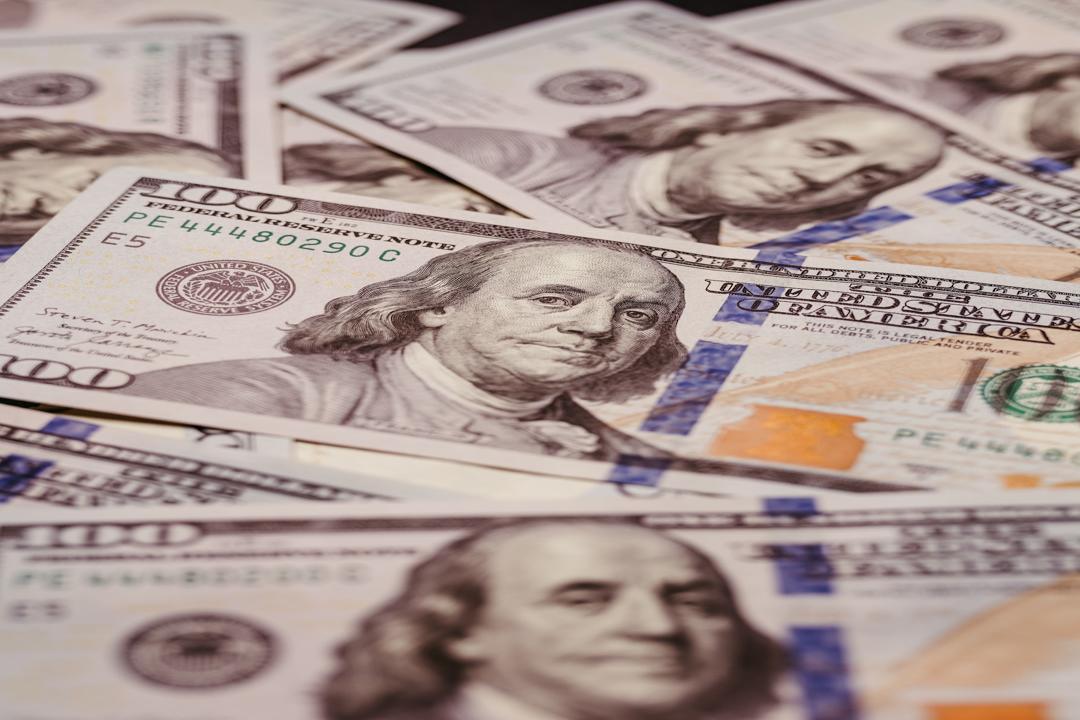Introducing the History of Crypto, a series presented by Cointelegraph that takes readers on a journey through the most significant events in the crypto industry. With the support of Phemex, this timeline provides the crypto community with an opportunity to reflect on the key moments that have shaped the industry as we know it today.
In the ever-changing landscape of the digital age, where trends come and go in the blink of an eye, one phenomenon has risen above the rest: nonfungible tokens (NFTs). The years 2020 and 2021 witnessed an unprecedented surge in the growth and adoption of these digital assets, revolutionizing the way we perceive ownership, art, and the internet itself. In fact, the NFT market saw a staggering $25 billion in trading volume in 2021 alone, compared to virtually nothing just a few years prior.
While the concept of blockchain technology had been around for more than a decade, it was the emergence of NFTs that truly captured the imagination of creators and collectors alike. NFTs represent unique digital assets that are stored on a blockchain, ensuring their scarcity and authenticity. This groundbreaking innovation allowed for the tokenization of digital art, music, videos, and even tweets, transforming intangible creations into valuable commodities.
The origins of NFTs can be traced back to 2012, when the Colored Coins protocol was introduced on the Bitcoin blockchain. This protocol enabled users to create custom tokens representing digital or physical assets. However, it wasn’t until later, with the advent of Ethereum smart contracts and the ERC-271 token standard in 2017, that nonfungible tokens specifically designed for digital assets became a reality.
One of the earliest and most notable examples of NFTs gaining widespread attention was in 2017 with the launch of CryptoKitties. Developed by Canadian studio Axiom Zen, CryptoKitties is a blockchain-based virtual game that allows players to buy, collect, breed, and sell virtual cats. Following the success of CryptoKitties, numerous other projects began experimenting with NFTs for various purposes, including digital art, virtual real estate, in-game items, and more. Platforms like Decentraland and NBA Top Shot emerged during this period, showcasing the diverse applications of NFTs beyond gaming.
However, it was between 2020 and 2021 that NFTs truly entered the mainstream. High-profile sales made headlines, with digital artworks selling for millions of dollars and celebrities launching their own NFT collections. For instance, on November 2, 2021, renowned writer and director Quentin Tarantino announced that he would auction off seven uncut scenes from his movie “Pulp Fiction” as NFTs, built on the Secret Network.
Other notable sales included Beeple’s digital artwork “Everyday: The First 5,000 Days,” which fetched a staggering $69 million at Christie’s auction house in March 2021. New digital artworks by artists like Pak and Grimes also commanded millions of dollars in auctions and private sales. This period also saw the birth of iconic collections like Bored Ape Yacht Club and CryptoPunks.
CryptoPunks, a collection of 10,000 algorithmically generated profile pictures, made headlines when one of its NFTs (#7804) sold for over $7.5 million at auction in March 2021, setting a record at the time. In October 2021, a rare triple Bored Ape set consisting of three apes sold as a bundle fetched over $24 million at a Sotheby’s auction. Simultaneously, the number of NFT marketplaces expanded rapidly, with platforms like OpenSea, Rarible, Foundation, and Nifty Gateway gaining widespread popularity. OpenSea emerged as one of the largest NFT marketplaces, with monthly trading volumes surpassing $1 billion by mid-2021, a figure that has since been surpassed by Blur and OKX NFT.
However, the surge in popularity also brought about criticism, particularly regarding environmental concerns due to the energy-intensive nature of blockchain transactions, as well as questions about the intrinsic value of digital assets. In fact, during the crypto winter of 2022-2023, the trading volume of NFTs plummeted by a staggering 99% from its peak in 2021.
The rise of NFTs also led to legal disputes over ownership and authenticity, highlighting the need for clear regulations and guidelines. Some platforms implemented verification mechanisms to authenticate the originality of NFTs and protect creators’ rights, while others grappled with defining ownership in decentralized ecosystems. Miramax even sued Quentin Tarantino in a copyright lawsuit following the publicity of the “Pulp Fiction” NFTs, a case that was settled in September 2022. Yuga Labs, the current owner of Bored Ape Yacht Club and CryptoPunks, also faced similar legal battles over its digital collections.
However, despite these challenges, the NFT trading volume has experienced a recovery thanks to the ongoing crypto bull market. New NFT projects, particularly in Hong Kong, are gaining popularity, with collections selling out shortly after release. Protocols like ParaSpace (now Parallel Finance) are developing new tools for the growing NFT lending market. Additionally, new Ethereum token standards, such as ERC-404, aim to fractionalize NFTs and make them more accessible to a wider audience.
Overall, the NFT space continues to evolve, with ongoing experimentation in various industries and the emergence of new platforms catering to different niches within the NFT ecosystem. Efforts to address environmental concerns and improve the sustainability of blockchain technology are also underway, as developers and enthusiasts strive to ensure the long-term viability of NFTs as a form of digital ownership and expression.

